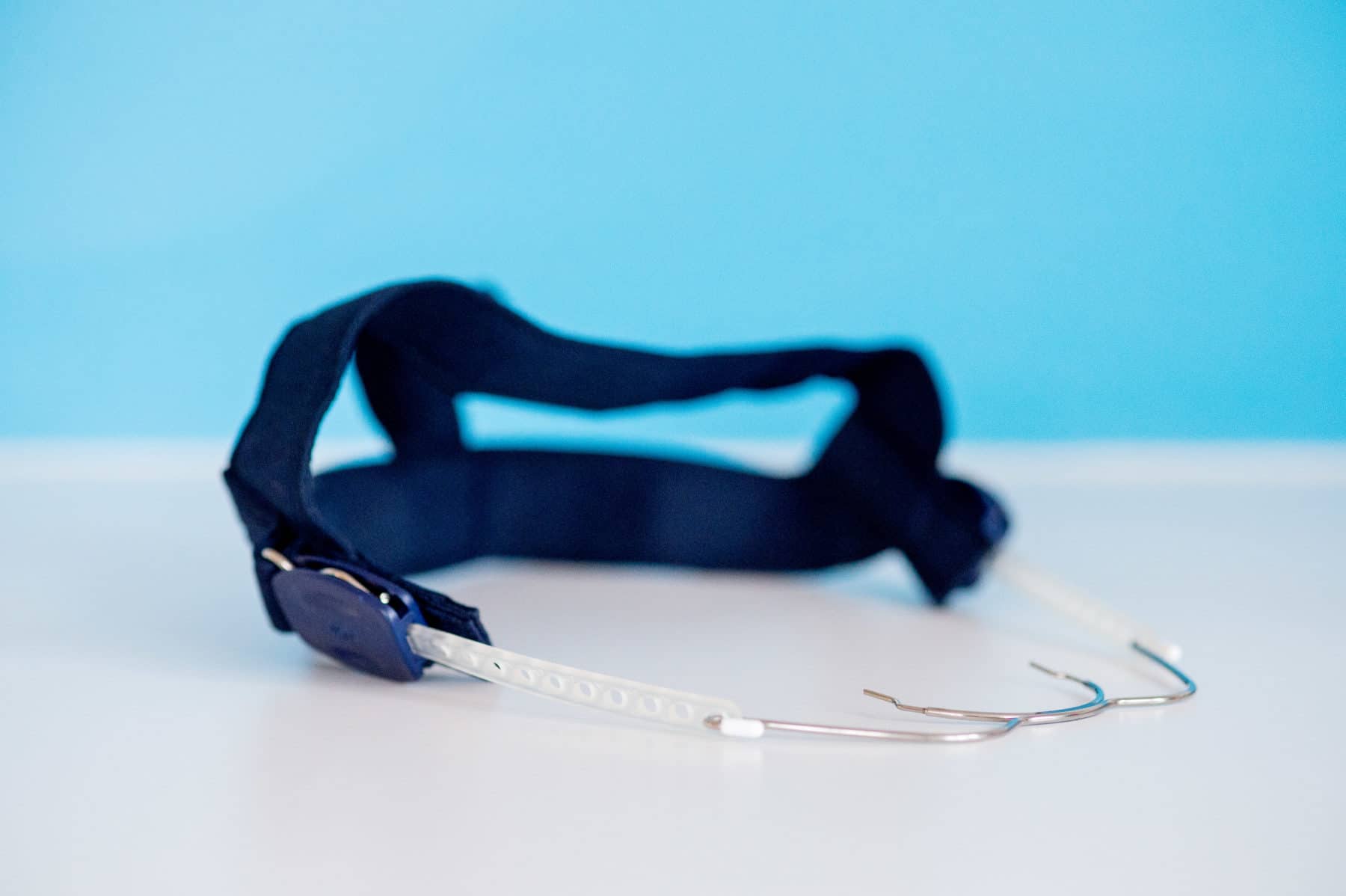Sleeping with the headgear is quite difficult at first. For the first 2 nights, if you are in a lot of pain, you can take off the outside brace. The hours lost must then be made up during the day. After that, it is important to always wear the headgear for the required number of hours per day. If it goes well or the brace is a bit loose, you can tighten the headgear once after 1 or 2 days.
The rings around your upper teeth can come loose if you play with your braces, if you just pull the headgear out without pushing the loops together or if you wriggle it in and out. Please do not do this.
Always bring your headgear with you when you come for a check-up or when you get new braces.


